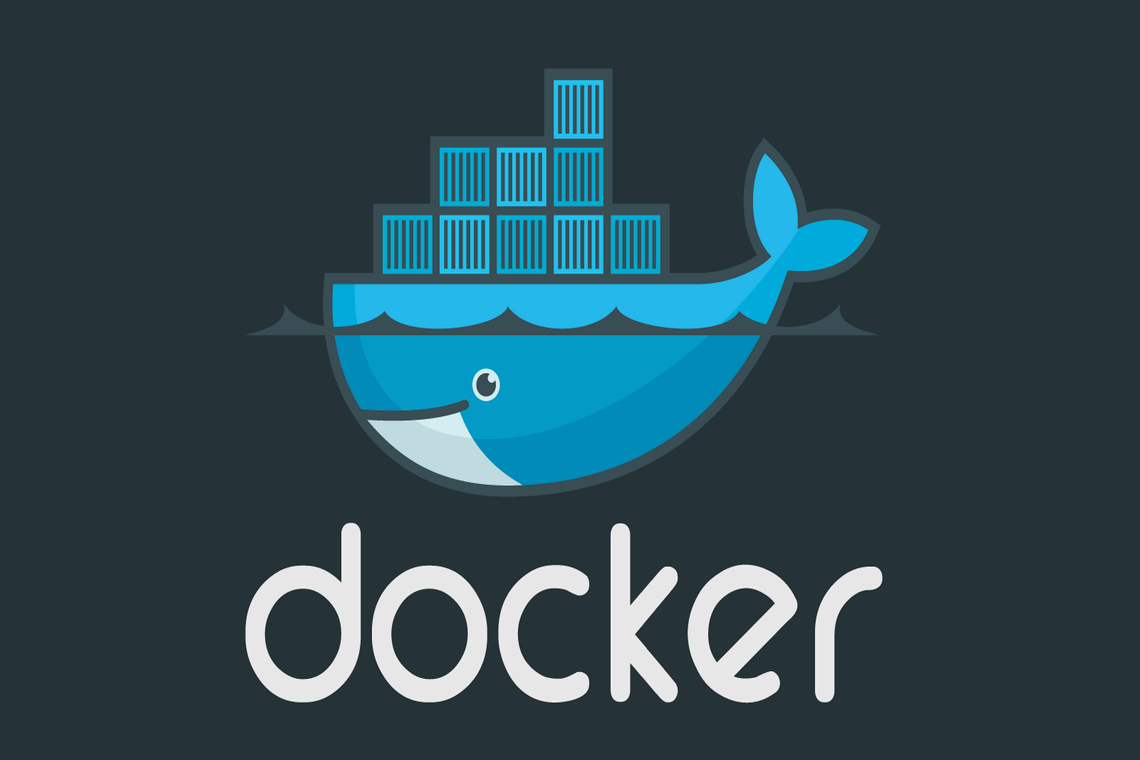Docker currently separates its product lines into two segments. There is the Community Edition (CE) which is closed source yet completely free, and then there is the Enterprise Edition(EE) which is also a closed source and needs to be licensed on a yearly basis. The enterprise products are backed by 24 x 7 support and are supported with bug fixes much longer than their CE counterparts.
Docker CE
Part of the Docker community edition are products such as the Docker Toolbox, Docker for Mac, and Docker for Windows. All these three products are mainly targeting developers.
Docker for Mac and Docker for Windows are easy-to-install desktop applications that can be used to build, debug, and test Dockerized applications or services on a Mac or on Windows. Docker for Mac and Docker for Windows are complete development environments which deeply integrated with their respective hypervisor framework, networking, and filesystem. These tools are the fastest and most reliable way to run Docker on a Mac or on Windows.
Under the umbrella of the CE, there are also two products that are more geared towards operations engineers. Those products are Docker for Azure and Docker for AWS.
For example, with Docker for Azure, which is a native Azure application, you can set up Docker in a few clicks, optimized for and integrated to the underlying Azure Infrastructure as a Service (IaaS) services. It helps operations engineers to accelerate time to productivity in building and running Docker applications in Azure.
Docker for AWS works very similar but for Amazon's cloud.
Docker EE
The Docker EE consists of the two products Universal Control Plane (UCP) and Docker Trusted Registry (DTR) that both run on top of Docker Swarm. Both are Swarm applications. Docker EE builds on top of the upstream components of the Moby project and adds enterprise-grade features such as role-based access control (RBAC), multi tenancy, mixed clusters of Docker Swarm and Kubernetes, web-based UI, and content trust, as well as image scanning on top of it.
The container ecosystem
There has never been a new technology introduced in IT that penetrated the landscape so quickly and so thoroughly than containers. Any company that doesn't want to be left behind cannot ignore containers. This huge interest in containers from all sectors of the industry has triggered a lot of innovation in this sector. Numerous companies have specialized in containers and either provide products that build on top of this technology or build tools that support it.
Initially, Docker didn't have a solution for container orchestration thus other companies or projects, open source or not, tried to close this gap. The most prominent one is Kubernetes which was initiated by Google and then later donated to the CNCF. Other container orchestration products are Apache Mesos, Rancher, Red Hat's Open Shift, Docker's own Swarm, and more.
More recently, the trend goes towards a service mesh. This is the new buzz word. As we containerize more and more applications, and as we refactor those applications into more microservice-oriented applications, we run into problems that simple orchestration software cannot solve anymore in a reliable and scalable way. Topics in this area are service discovery, monitoring, tracing, and log aggregation. Many new projects have emerged in this area, the most popular one at this time being Istio, which is also part of the CNCF.
Many say that the next step in the evolution of software are functions, or more precisely, Functions as a Service (FaaS). Some projects exist that provide exactly this kind of service and are built on top of containers. One prominent example is OpenFaaS.
We have only scratched the surface of the container ecosystem. All big IT companies such as Google, Microsoft, Intel, Red Hat, IBM, and more are working feverishly on containers and related technologies. The CNCF that is mainly about containers and related technologies, has so many registered projects, that they do not all fit on a poster anymore. It's an exciting time to work in this area. And in my humble opinion, this is only the beginning.



